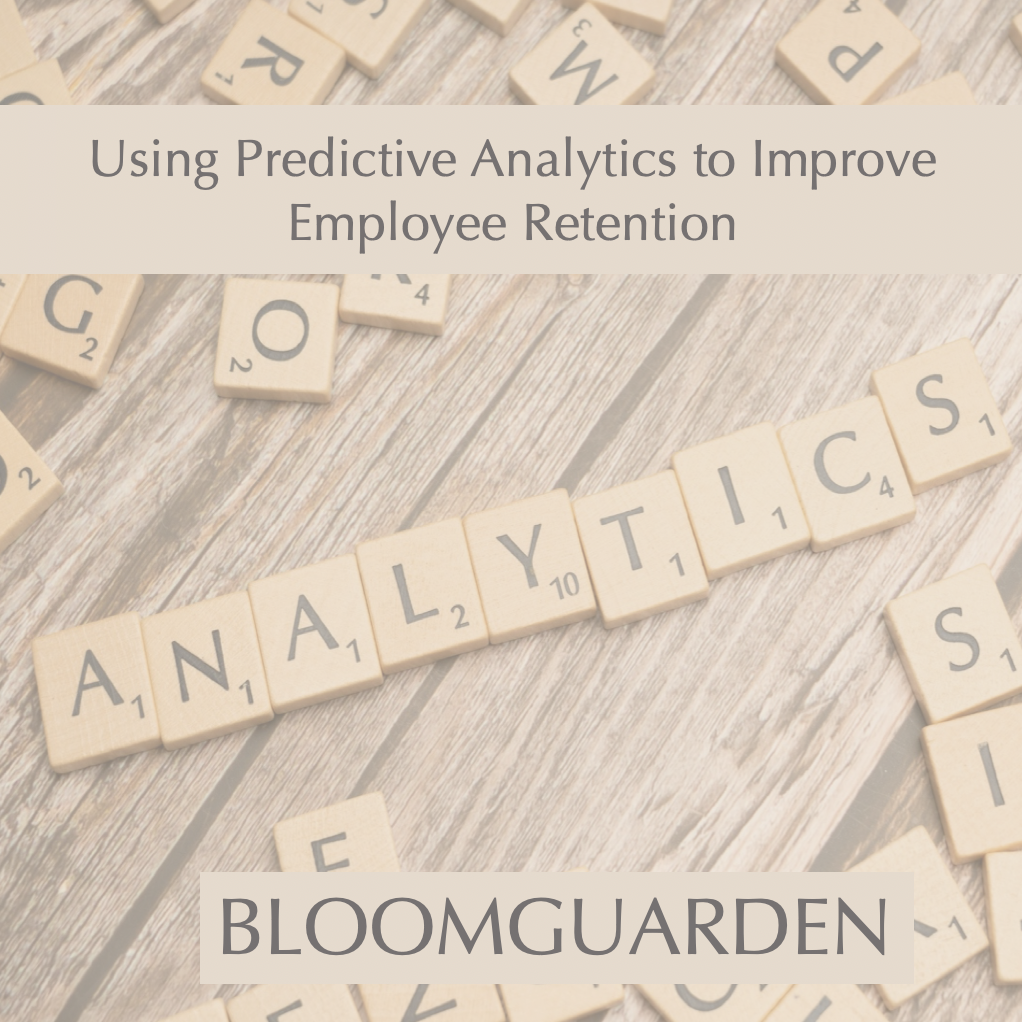Using Predictive Analytics to Improve Employee Retention
Using Predictive Analytics to Improve Employee Retention
In today's competitive job market, retaining top talent is more challenging than ever. Predictive analytics has emerged as a powerful tool for human resources (HR) professionals to proactively address employee turnover. By leveraging historical data and advanced algorithms, organizations can identify patterns and risk factors associated with employee attrition, enabling timely interventions to enhance retention.
Understanding Predictive Analytics in HR
Predictive analytics involves using statistical techniques, machine learning algorithms, and data mining to forecast future outcomes based on historical data. In the HR context, this means analyzing employee data—such as performance metrics, engagement scores, tenure, and compensation—to predict which employees are at risk of leaving. By identifying these individuals early, HR teams can implement targeted strategies to improve satisfaction and reduce turnover.
Key Applications of Predictive Analytics for Retention
1. Identifying At-Risk Employees
By analyzing various data points, predictive models can assign a "flight risk" score to employees, highlighting those more likely to resign. Factors such as decreased engagement, lack of recent promotions, or changes in performance can signal potential departures. Early identification allows HR to address concerns proactively.
2. Tailoring Retention Strategies
Understanding the specific reasons behind potential turnover enables HR to customize retention efforts. For instance, if data reveals that employees in a particular department feel undervalued, targeted recognition programs or career development opportunities can be introduced to address the issue.
3. Enhancing Employee Engagement
Predictive analytics can uncover trends related to employee engagement, such as the impact of managerial changes or workload fluctuations. By monitoring these patterns, organizations can implement measures to maintain or boost engagement levels, which are closely tied to retention.
4. Optimizing Onboarding Processes
Analyzing data from new hires can help refine onboarding programs. For example, if certain training modules correlate with higher retention rates, HR can emphasize these areas to improve the onboarding experience and reduce early turnover.
Implementing Predictive Analytics in Your Organization
To effectively utilize predictive analytics for employee retention:
Data Collection: Gather comprehensive employee data, including performance reviews, engagement surveys, and exit interviews.
Model Development: Collaborate with data analysts to build predictive models that identify turnover risk factors specific to your organization.
Actionable Insights: Translate model outputs into practical HR strategies, such as mentorship programs or flexible work arrangements.
Continuous Monitoring: Regularly update models with new data to ensure accuracy and adapt to changing workforce dynamics.
Conclusion
Predictive analytics offers a proactive approach to employee retention, enabling organizations to identify and address potential issues before they lead to turnover. By integrating data-driven insights into HR strategies, companies can foster a more engaged and stable workforce, ultimately contributing to long-term success.
References:
Workable. (2021). Predictive analytics: why it matters for employee retention.
Macorva. (2022) Employee Retention Prediction: How Predictive Analytics Reduces Turnover.
Quantum Workplace. (2023). The Power of Employee Retention Analytics: From Reactive to Predictive.
SHRM. (2019) Predictive Analytics Can Help Companies Manage Talent.
ResearchGate. (2021). Predictive Analytics in Employee Retention and Engagement Strategies.
At BloomGuarden, we integrate predictive analytics into HR practices, helping organizations proactively manage employee retention and build resilient workforces.
